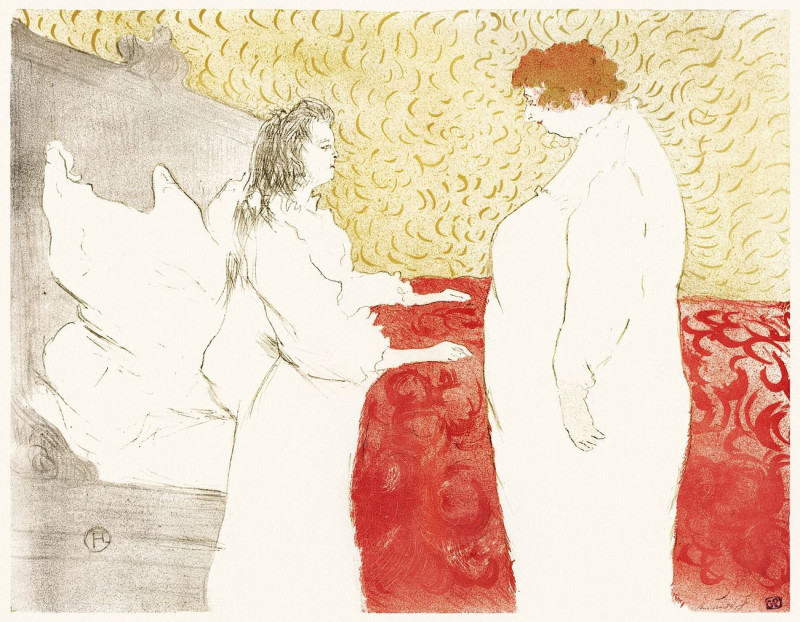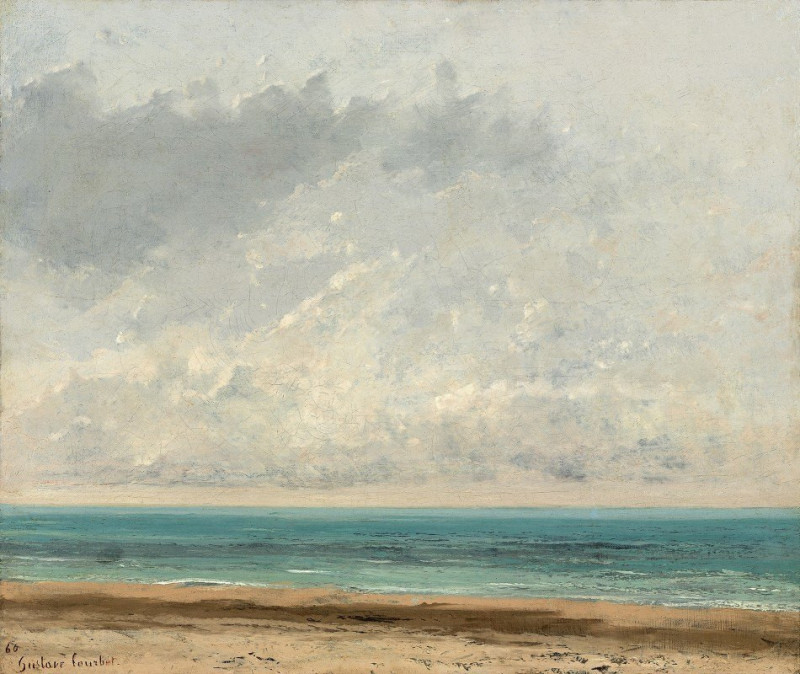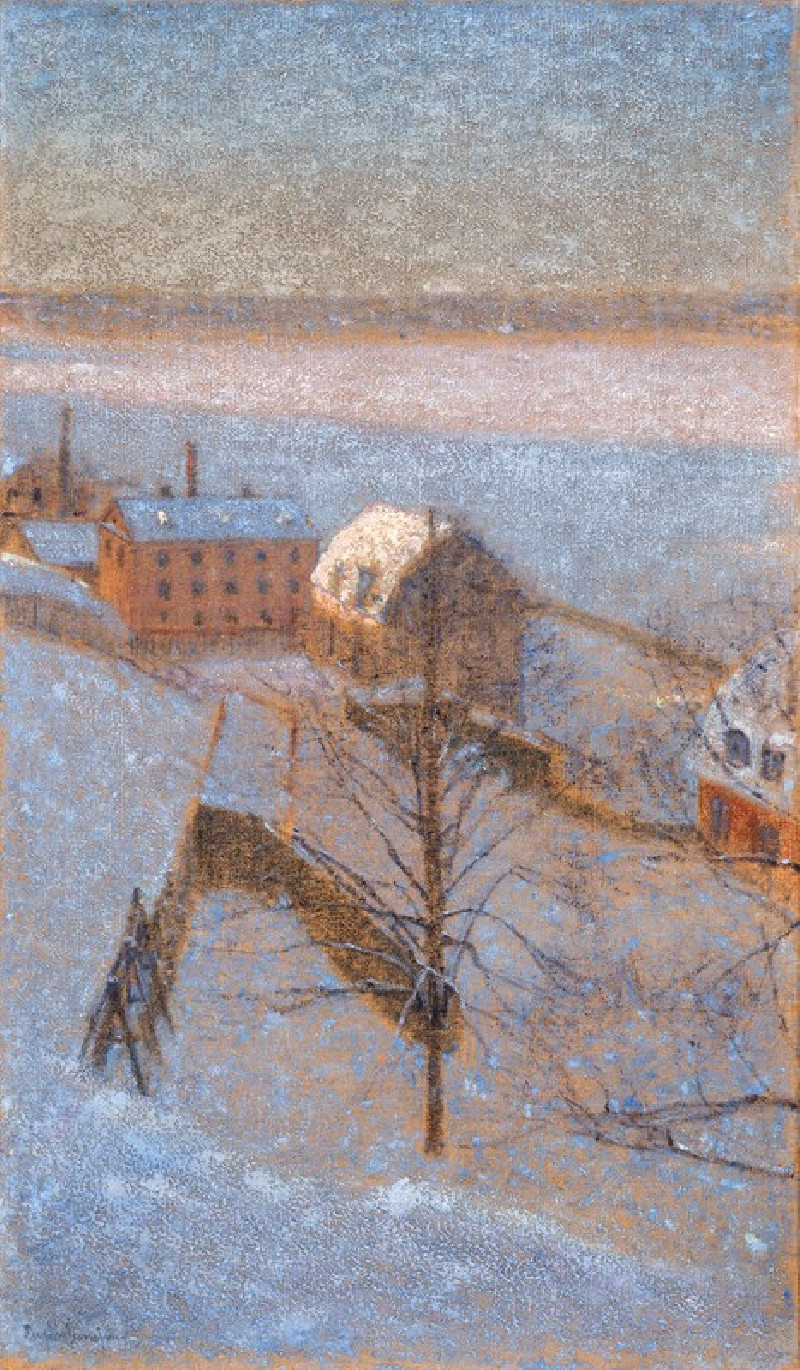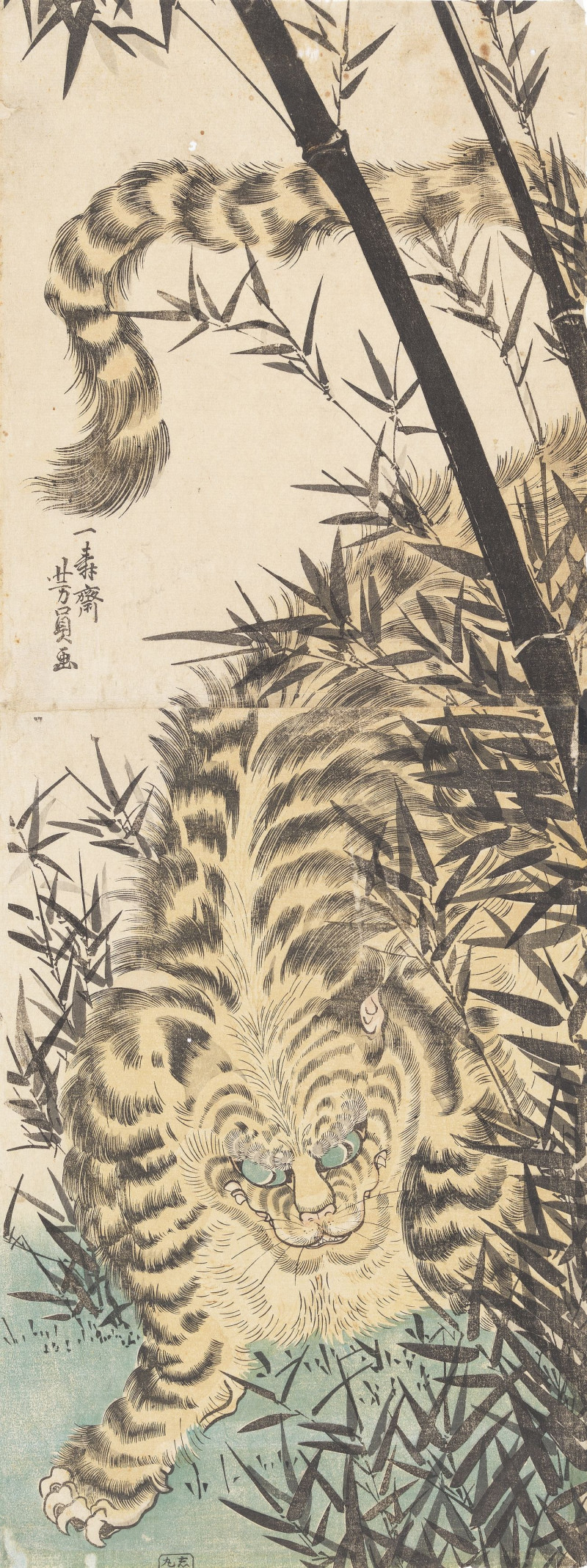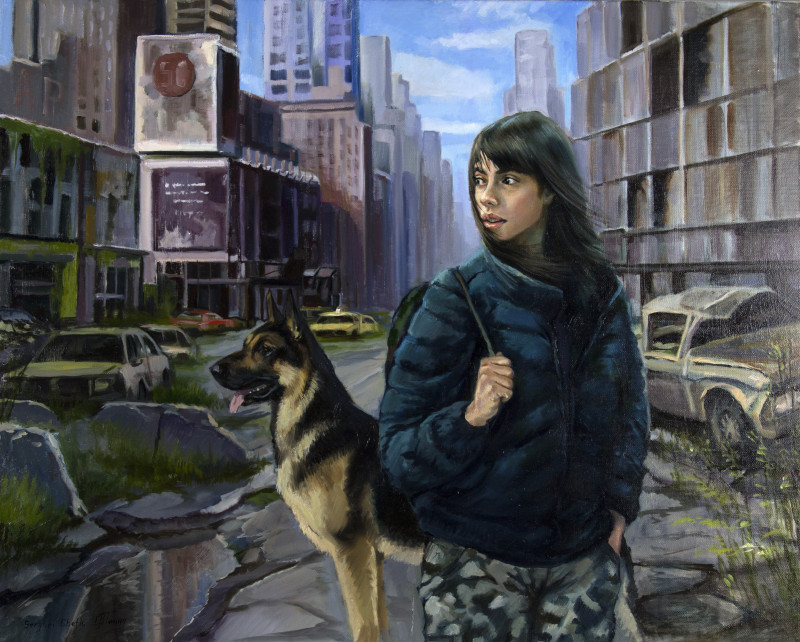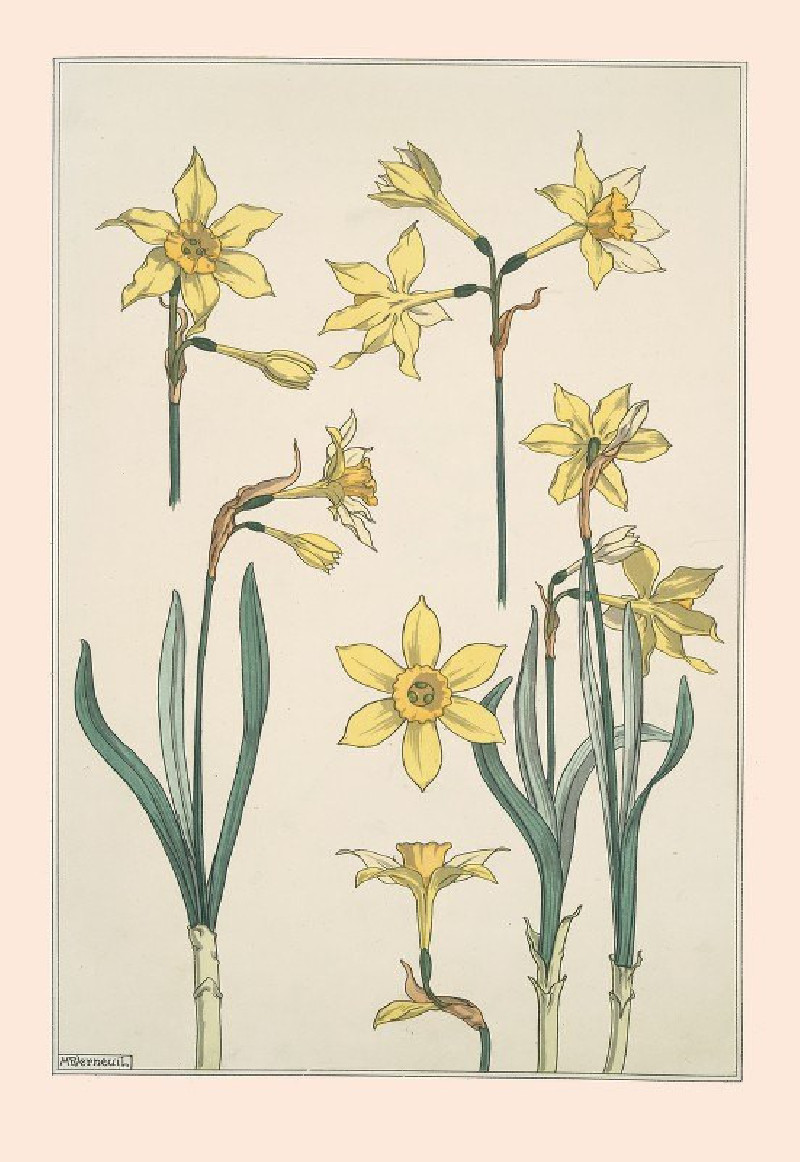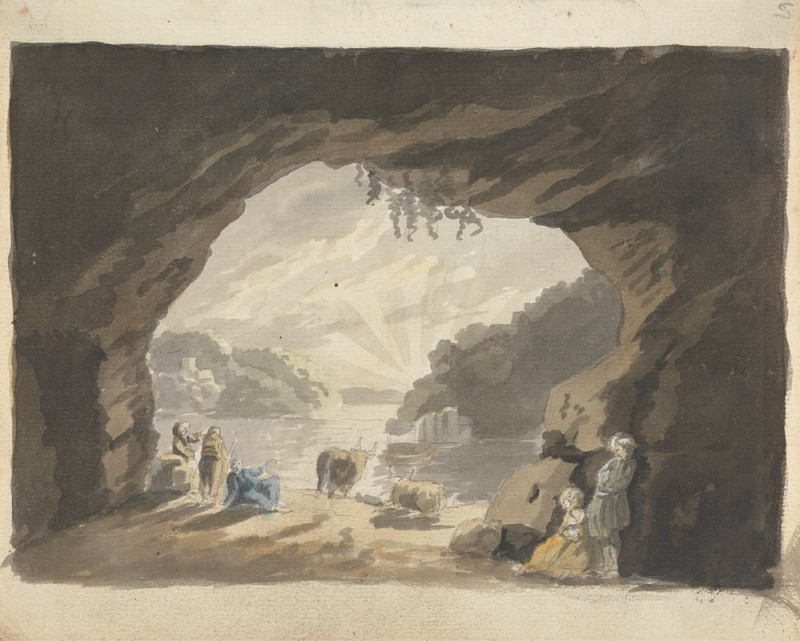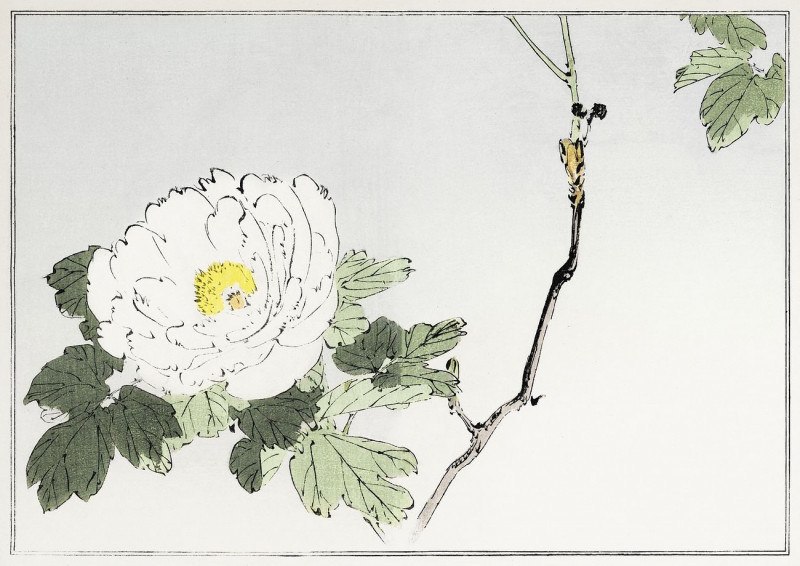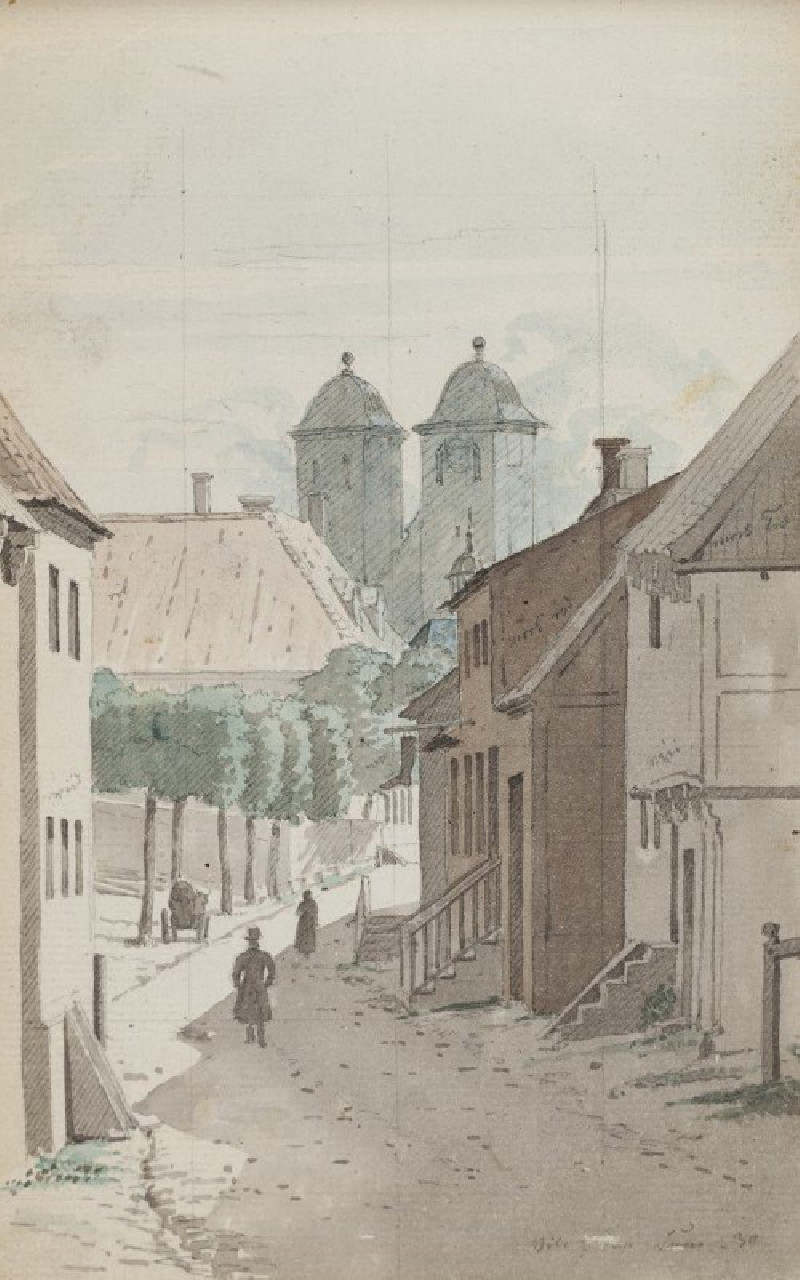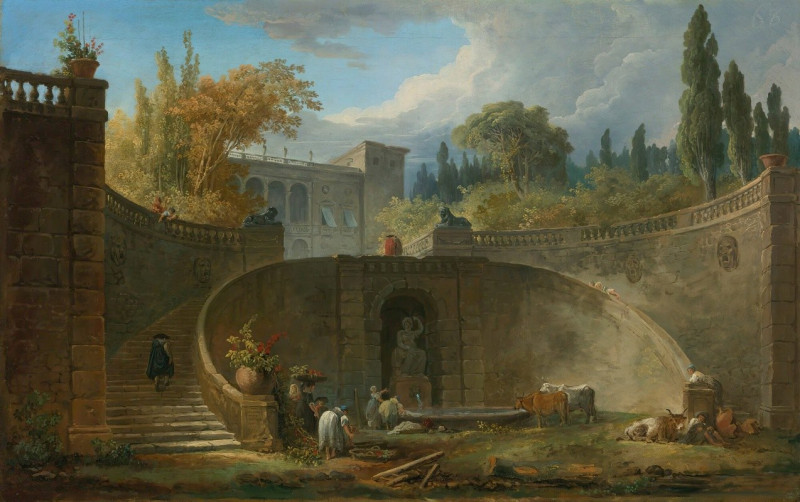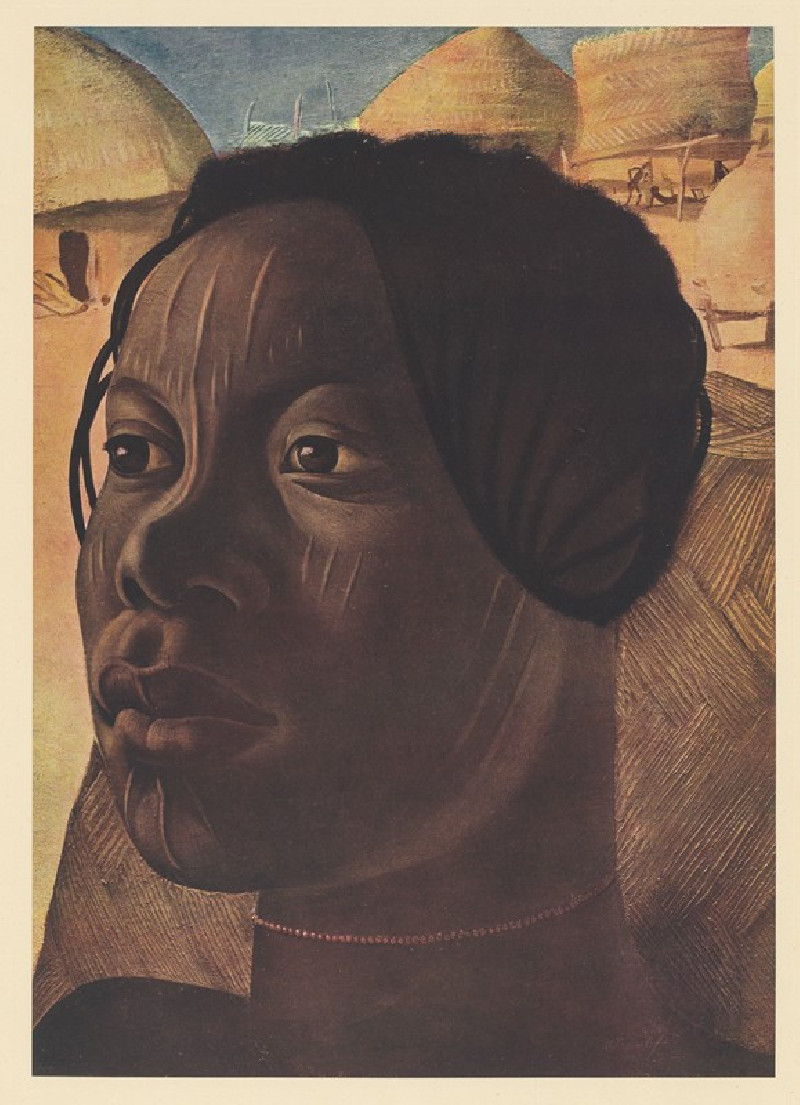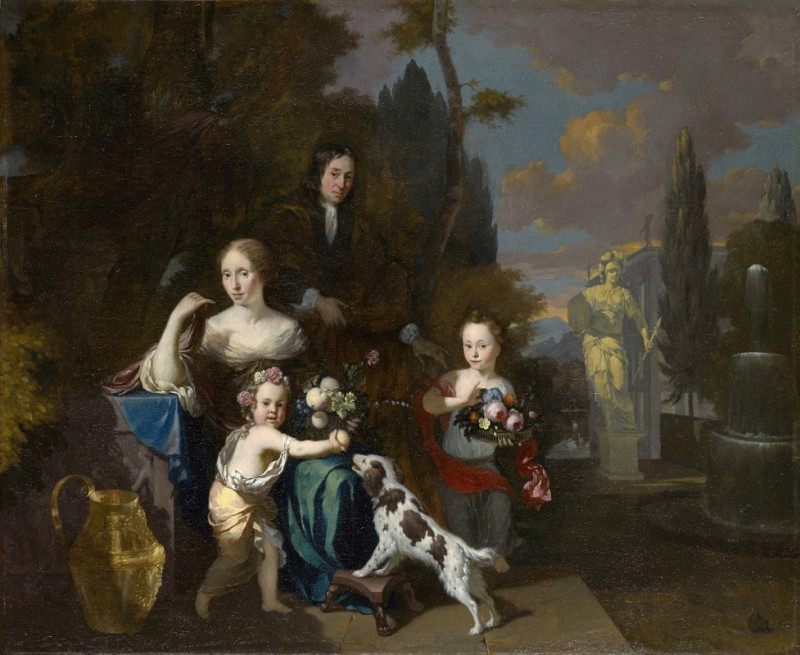A Genoese Lady with Her Child (c. 1623-1625)
Technique: Giclée quality print
Recommended by our customers
More about this artwork
Dive into the heart of the Italian Baroque period with Anthony van Dyck's exquisite portrait, "A Genoese Lady with Her Child" (circa 1623-1625). This painting is a profound representation of maternal affection and aristocratic dignity, presented with the finesse that is characteristic of one of the leading Flemish artists of the 17th century.The portrait features a noblewoman clothed in a luxuriously detailed, vibrant red gown that captures the viewer's eye with its rich textures and intricate embroidery. The dress, a typical attire of the Genoese aristocracy of the time, suggests both opulence and a solemn grace. The dark, voluminous background serves to enhance the luminosity of her complexion and the soft, glowing fabric of her gown.Beside her stands her young child, who looks up with an expression of loving admiration. The child, dressed in a contrasting blue doublet, reaches out to his mother — a tender gesture that beautifully emphasizes the bond between mother and child. The child's playful innocence contrasts with the composed, almost regal stance of the woman, creating a poignant balance in the painting.Van Dyck's masterful use of color, texture, and composition not only brings the figures to life but also infuses the entire scene with a sense of intimacy and warmth. The precise detailing of the lace collar and the fine jewelry reflects van Dyck's attention to detail and his skill in using art to tell personal stories.
Delivery
Returns
Sir Anthony van Dyck (1599 – 1641) was a Flemish Baroque artist who became the leading court painter in England after success in the Spanish Netherlands and Italy.
The seventh child of Frans van Dyck, a wealthy Antwerp silk merchant, Anthony painted from an early age. He was successful as an independent painter in his late teens, and became a master in the Antwerp guild in 1618. By this time he was working in the studio of the leading northern painter of the day, Peter Paul Rubens, who became a major influence on his work.
































